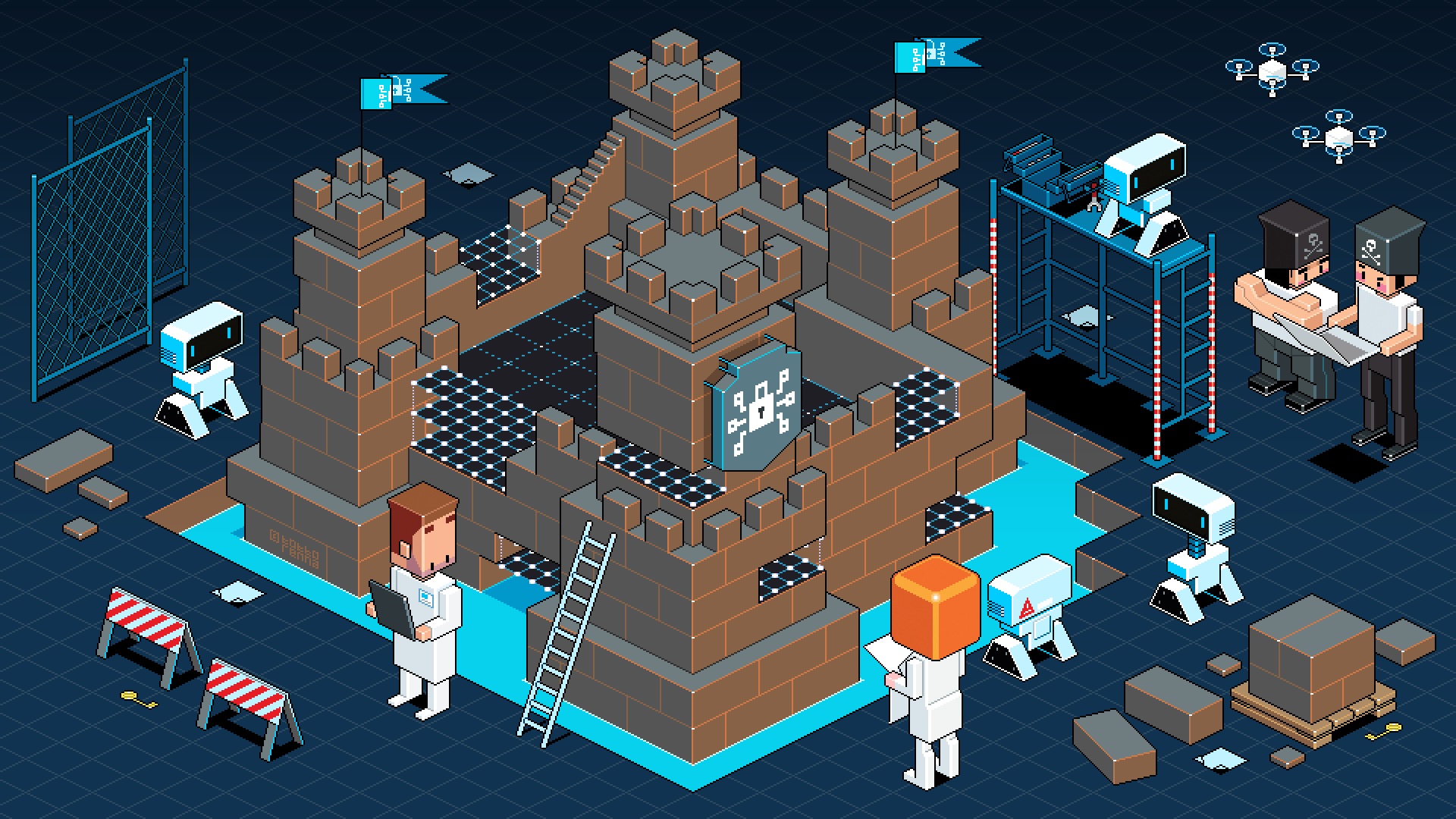9 best things to see in the night sky with binoculars: May to July 2025
Explore the wonders of the Northern Hemisphere's night sky with our guide to the best celestial sights you can observe with binoculars between May and July.
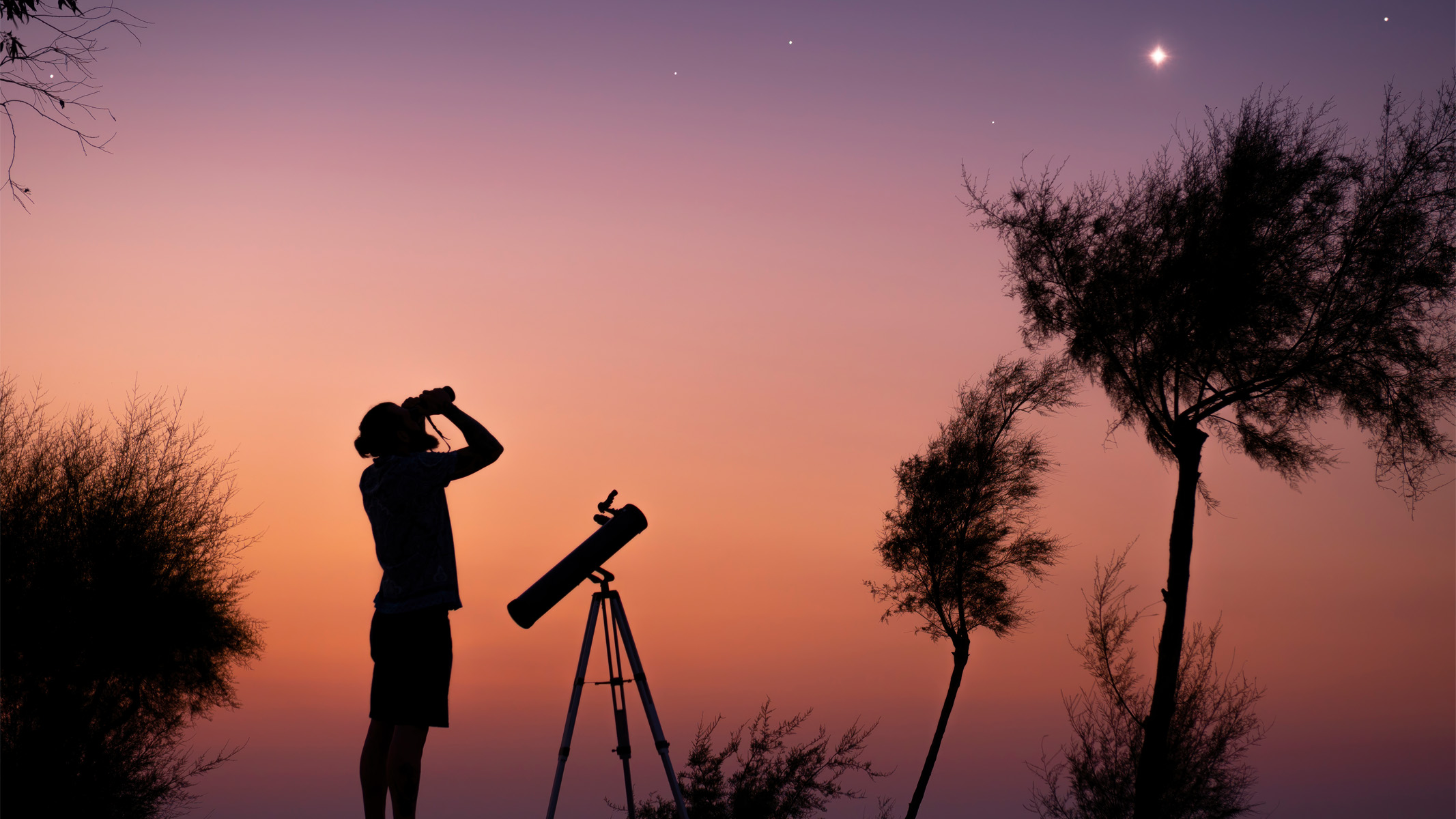
If you want to take your stargazing to the next level, a pair of binoculars is the way to go. With a little magnification, it’s possible to access another level of the night sky, revealing open clusters of stars, the Milky Way and detail on the surface of the moon.
Armed with a pair of the best stargazing binoculars (we recommend anything above 10x50 for astronomy), here’s what to look at from the Northern Hemisphere between May and July.
If you want to get even closer to the night sky, the best telescopes will give you that extra bit of power.
9 best things to see with binoculars between May to July 2025
Beehive Cluster (M44)
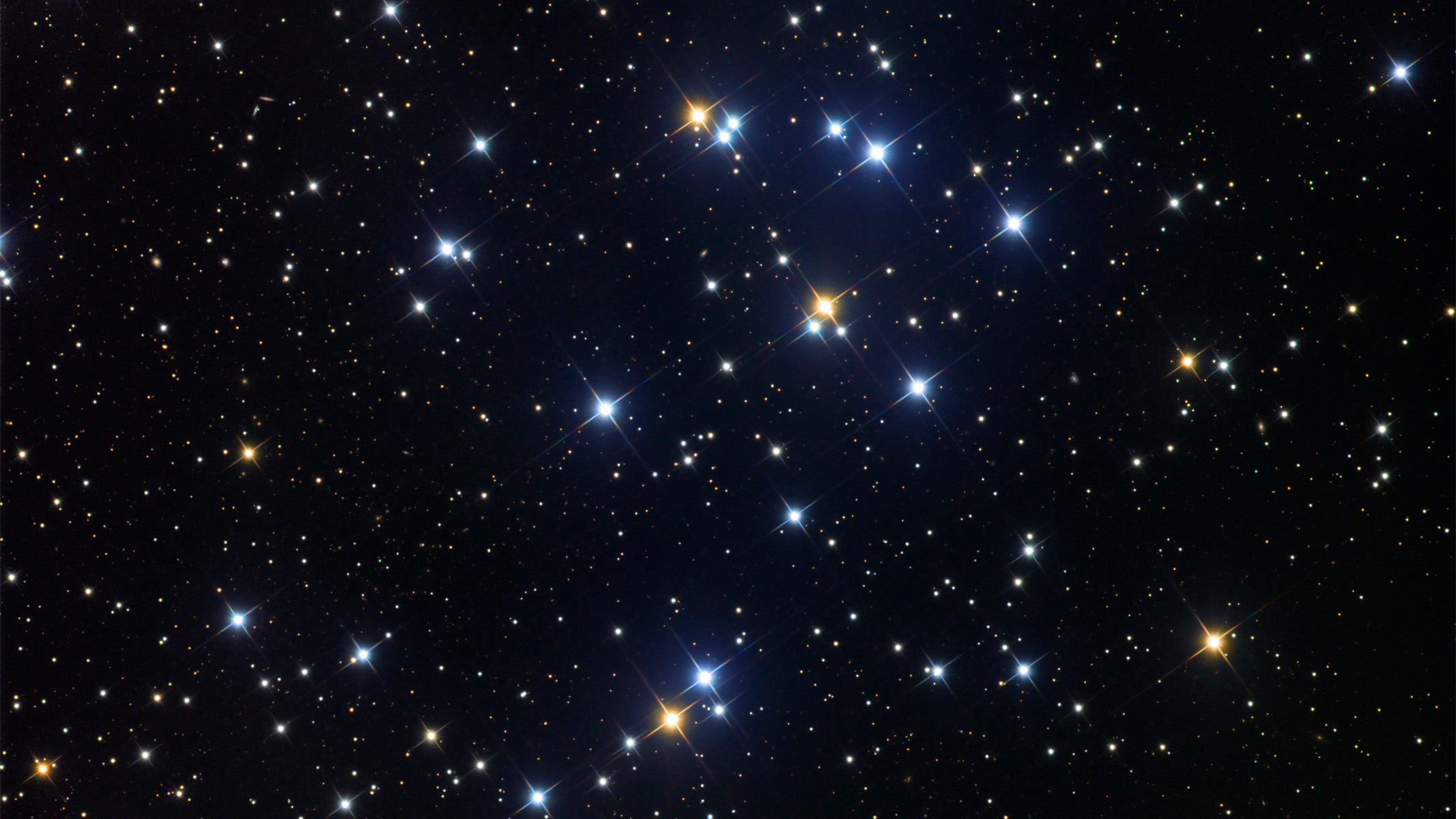
A classic spring binocular target, the Beehive Cluster lies in the constellation Cancer, between Leo and Gemini, and will be sinking in the west after sunset during May and June. Perhaps the most beautiful star cluster to see through a pair of binoculars, M44 displays hundreds of stars.
Mars and Regulus
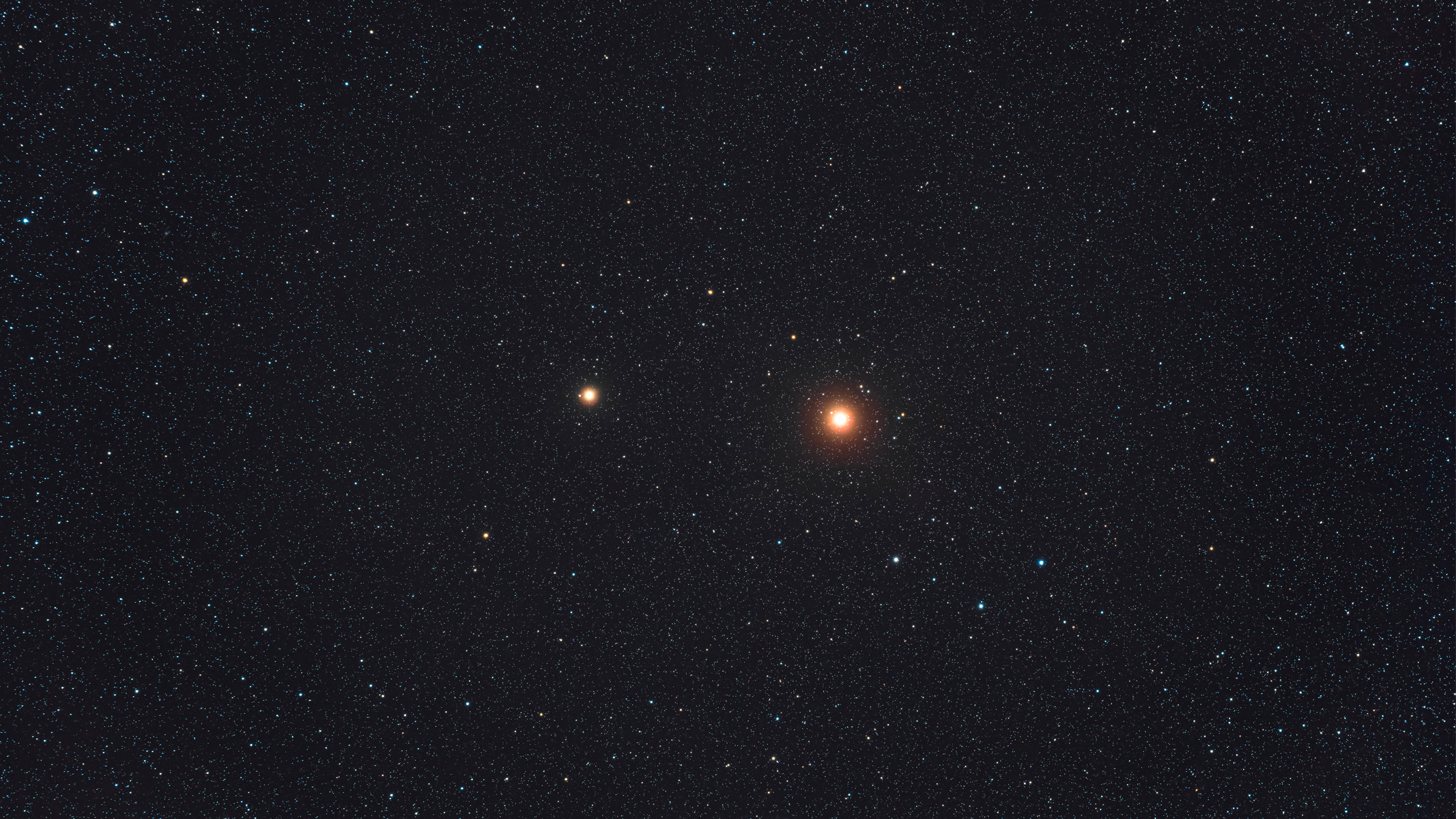
Prep your binoculars for a special sight after dark on Monday, June 16, and Tuesday, June 17, 2025, when the red planet and bright star shine close together. Reddish-golden Mars and whitish Regulus in the constellation Leo will shine at almost equal brightness in the west after sunset, with the colorful duo less than the width of an outstretched finger apart.
Noctilucent clouds
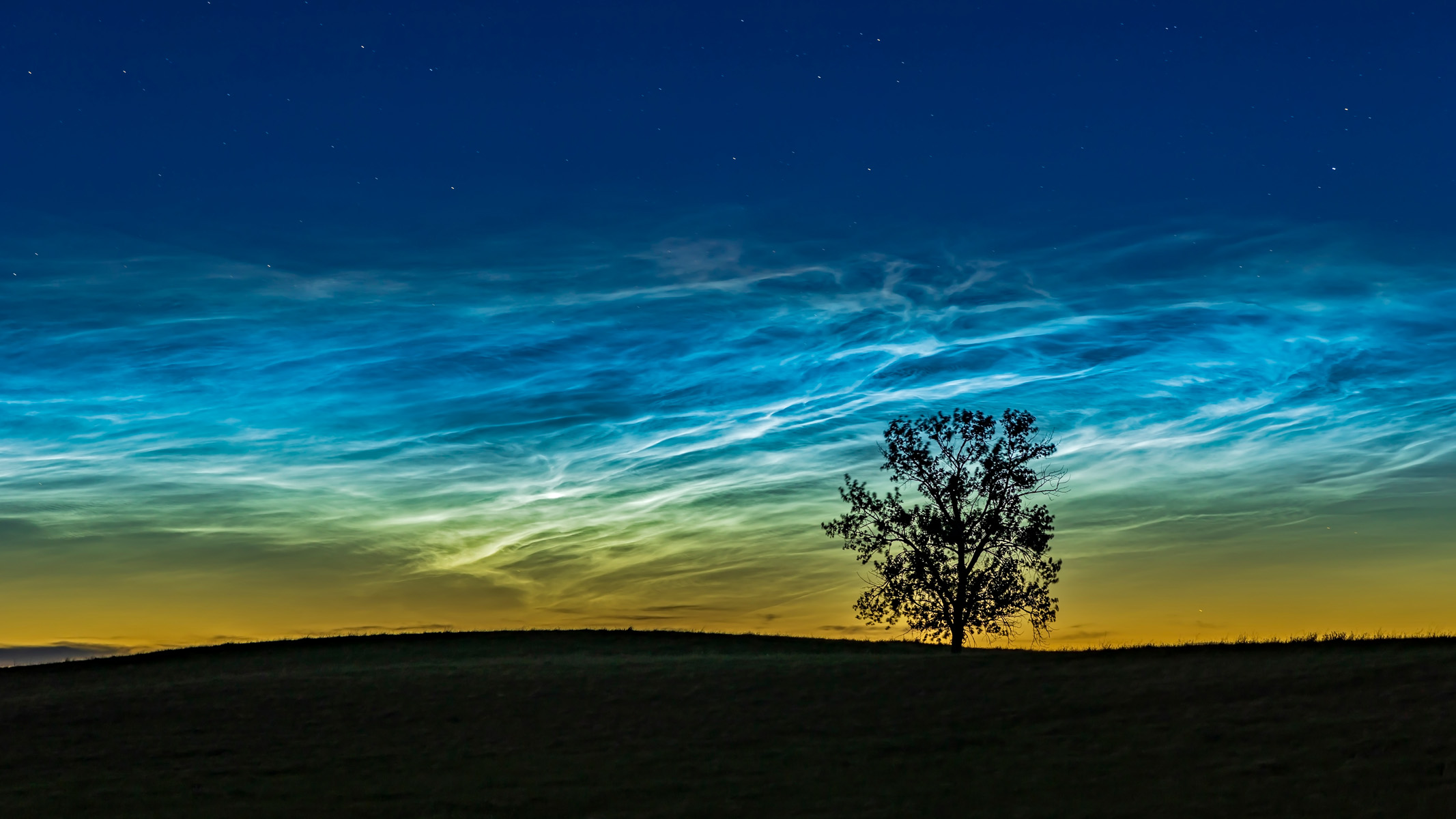
Come late June's solstice, those in the mid-latitudes of the Northern Hemisphere struggle for astronomical darkness. However, the sun not going far enough below the horizon to create full darkness does have an advantage. Web-like noctilucent or "space” clouds, which form from ice crystals on meteor dust high in Earth's atmosphere, can often be seen late at night in northern skies in June and July. Their eerie structure, reflecting sunlight at the edge of space, looks fabulous in binoculars.
A crescent moon and Mars

The moon is always a fabulous object in binoculars, not least when it's a delicate crescent. However, on Sunday, June 29, 2025, the 23% waxing crescent moon will closely visit Mars, with the duo as close as a mere fifth of a degree from each other. This close conjunction will occur shortly after sunset in the west and sink into the horizon before too long, so don't waste time. Put your binoculars on the crescent and study the long shadows on the terminator — the dividing line between light and dark — as well as the reflected light on its dark face, called "Earthshine," before moving to the upper left to Mars.
Get the world’s most fascinating discoveries delivered straight to your inbox.
The Summer Triangle and the Milky Way
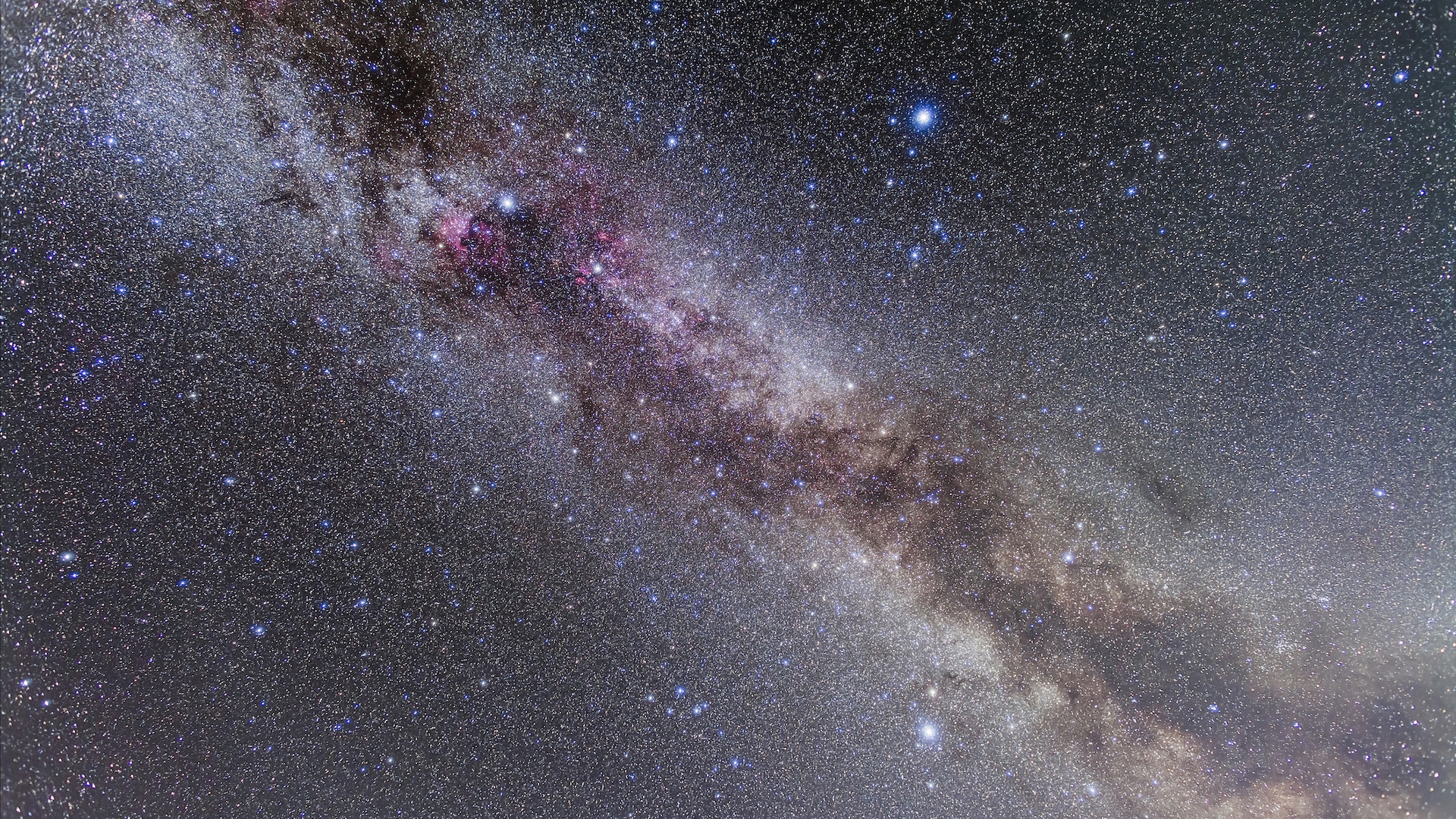
One of the anchors of the Northern Hemisphere night sky from June through November is the Summer Triangle, a simple shape created by three bright stars — Vega in the constellation Lyra, Deneb in Cygnus and Altair in Aquila. Point your binoculars at Deneb and drag them down to Alatir, and you'll be looking at the rich starfields of the Milky Way as it streams down to the horizon.
The Great Globular Cluster in Hercules (M13)
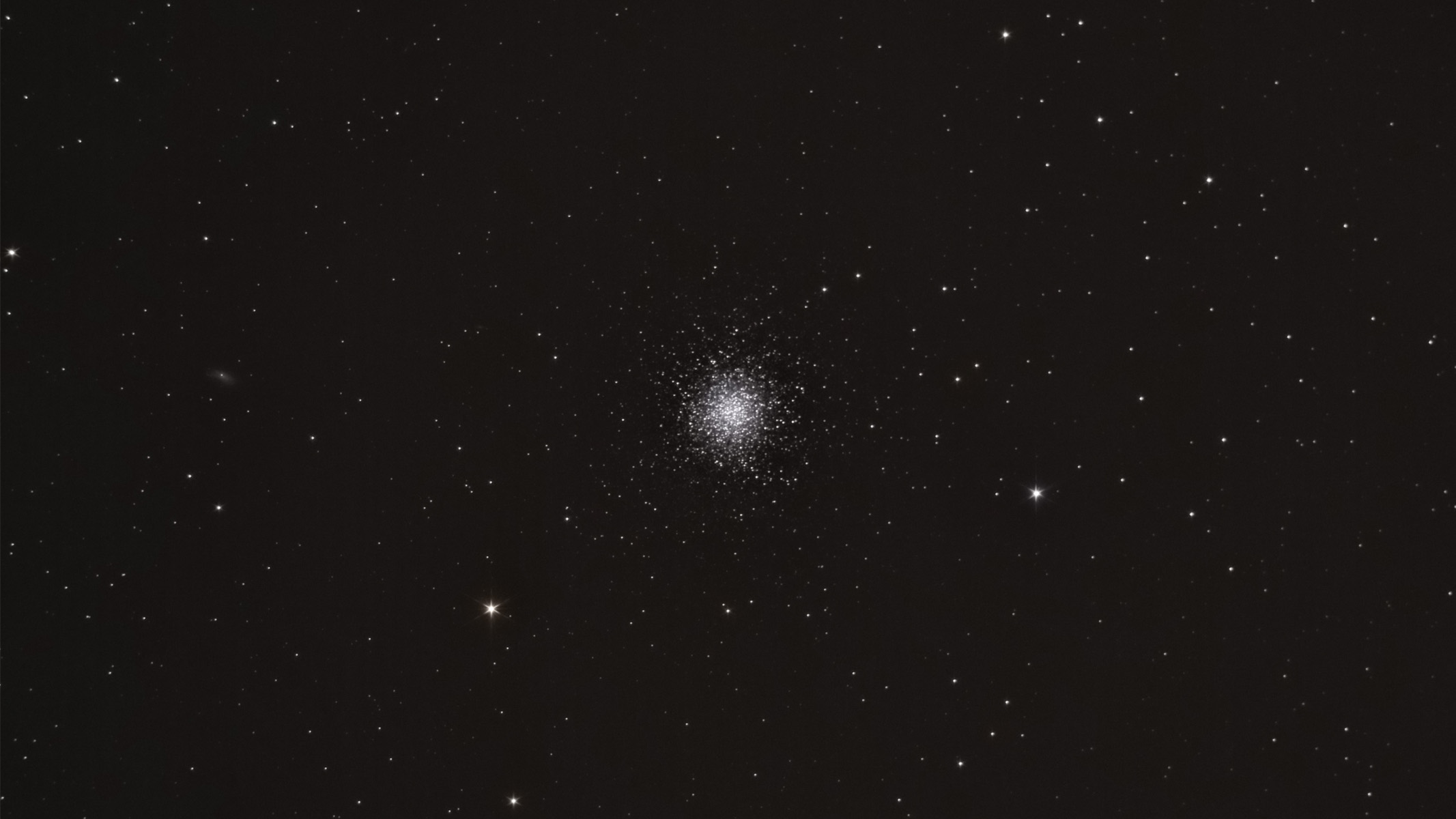
At its best in July is this famous globular cluster — a dense ball of as many as half a million ancient stars that are almost as old as the universe itself. Also called M13 and appearing as a fuzzy patch in a pair of binoculars (the bigger, the better), first find Hercules's keystone — four stars forming a diamond shape between the bright stars Vega and Arcturus.
The Teapot's Steam
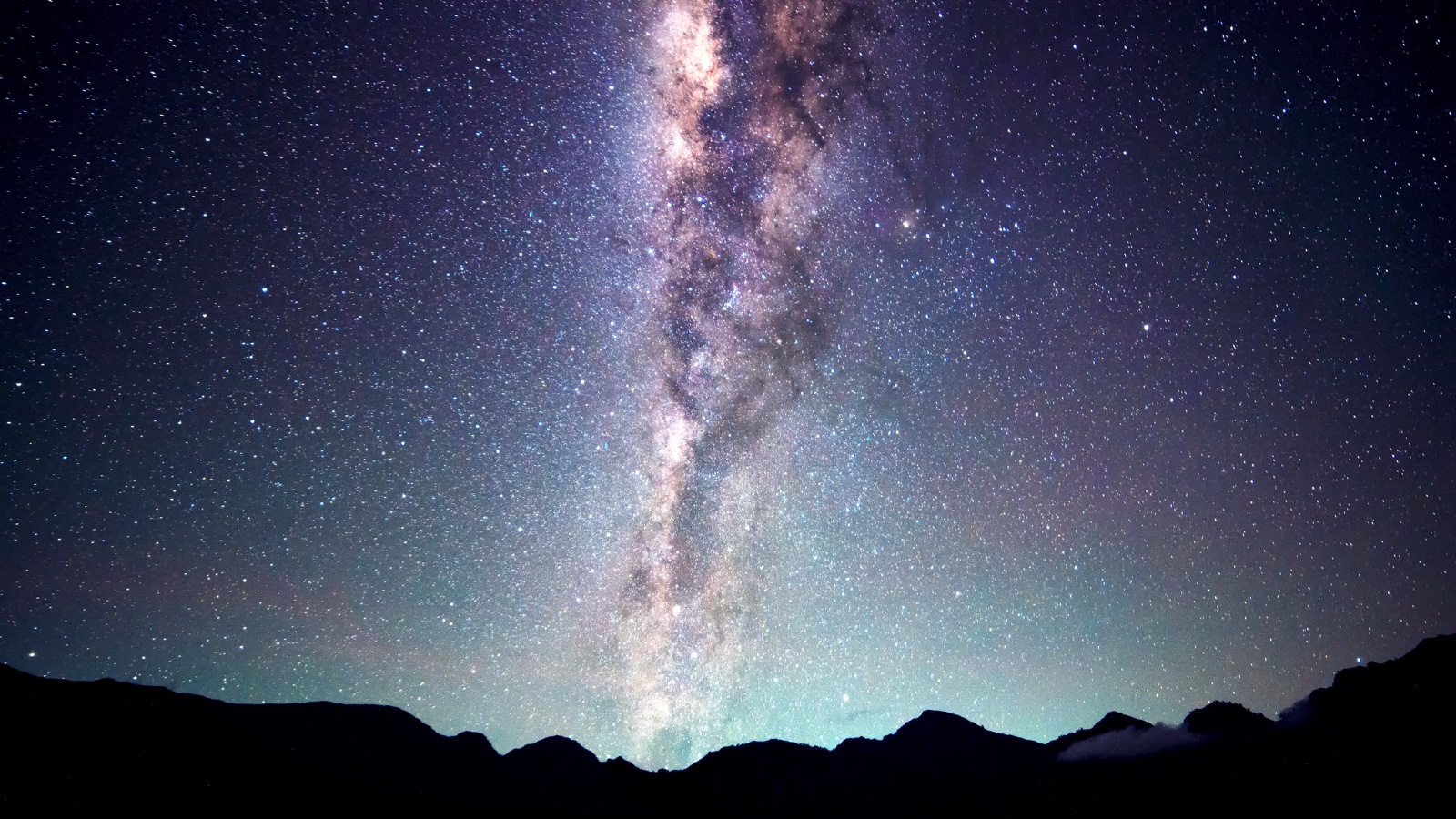
It may sound like a whimsical sight, but find this target, and you've reached Galactic Central Point — the center of the Milky Way. Although it's a famous constellation of summer in the Northern Hemisphere, most people will struggle to find Sagittarius, the archer.
It's best found by looking not for the shape of a person, but for a teapot formed of eight bright stars. Trace out its shape with your naked eyes before planting a pair of binoculars on its spout. Range up to see fabulously rich starfields — the "steam" from the Teapot is one of the night sky's most beautiful summer sights.
A full moon rising
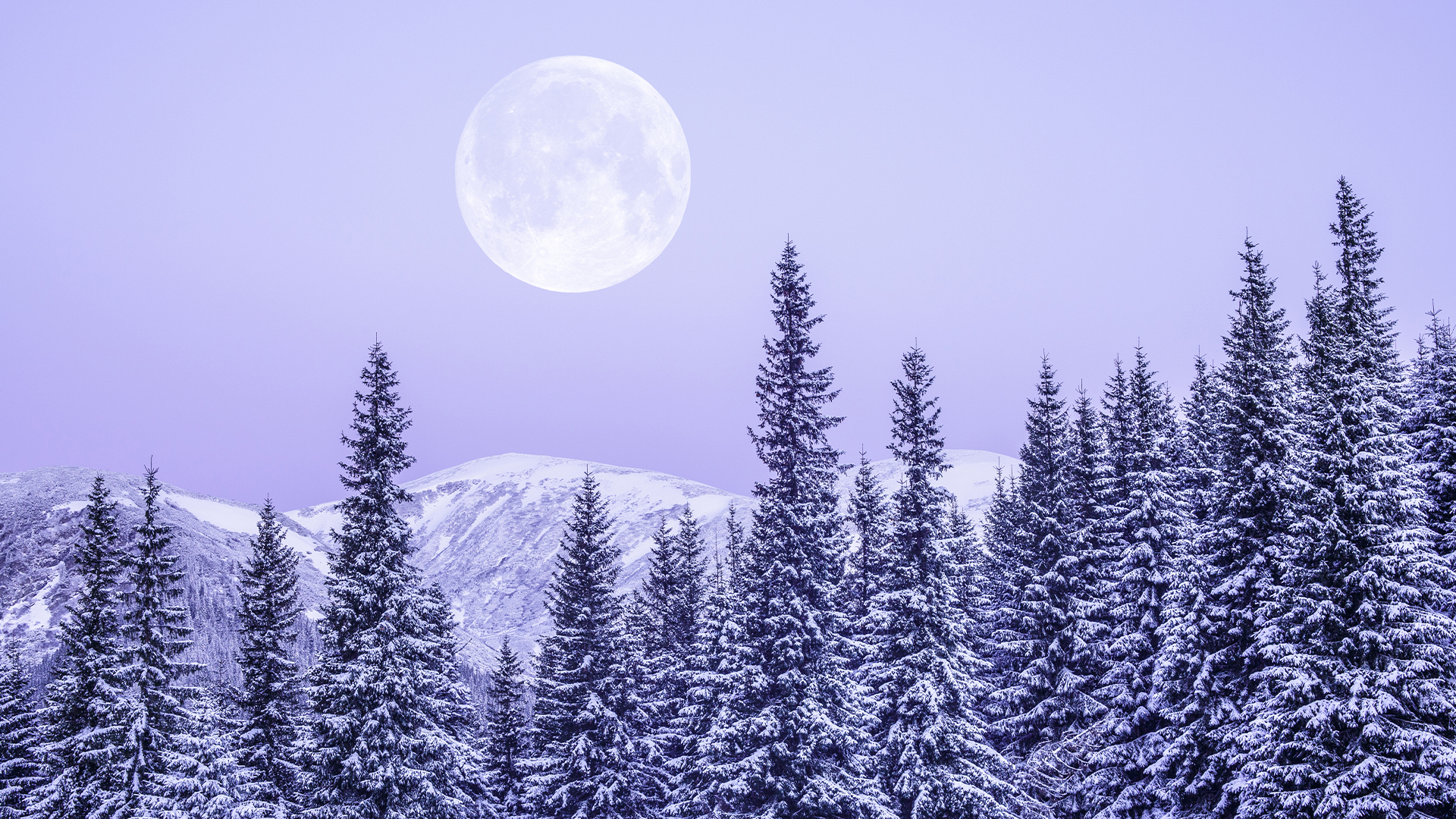
The once-a-month sight of a full moon appearing on the horizon at dusk is unmissable for sky-watchers, and there's only one tool you need to get the very best from it — a pair of binoculars. Find out the dates of the full moon and be somewhere looking east at the exact time of moonrise for your location. That way, you'll see it glowing orange as it appears, rather than the glaring white orb it will become as it rises higher into the sky.
Sagittarius Cluster (M22)
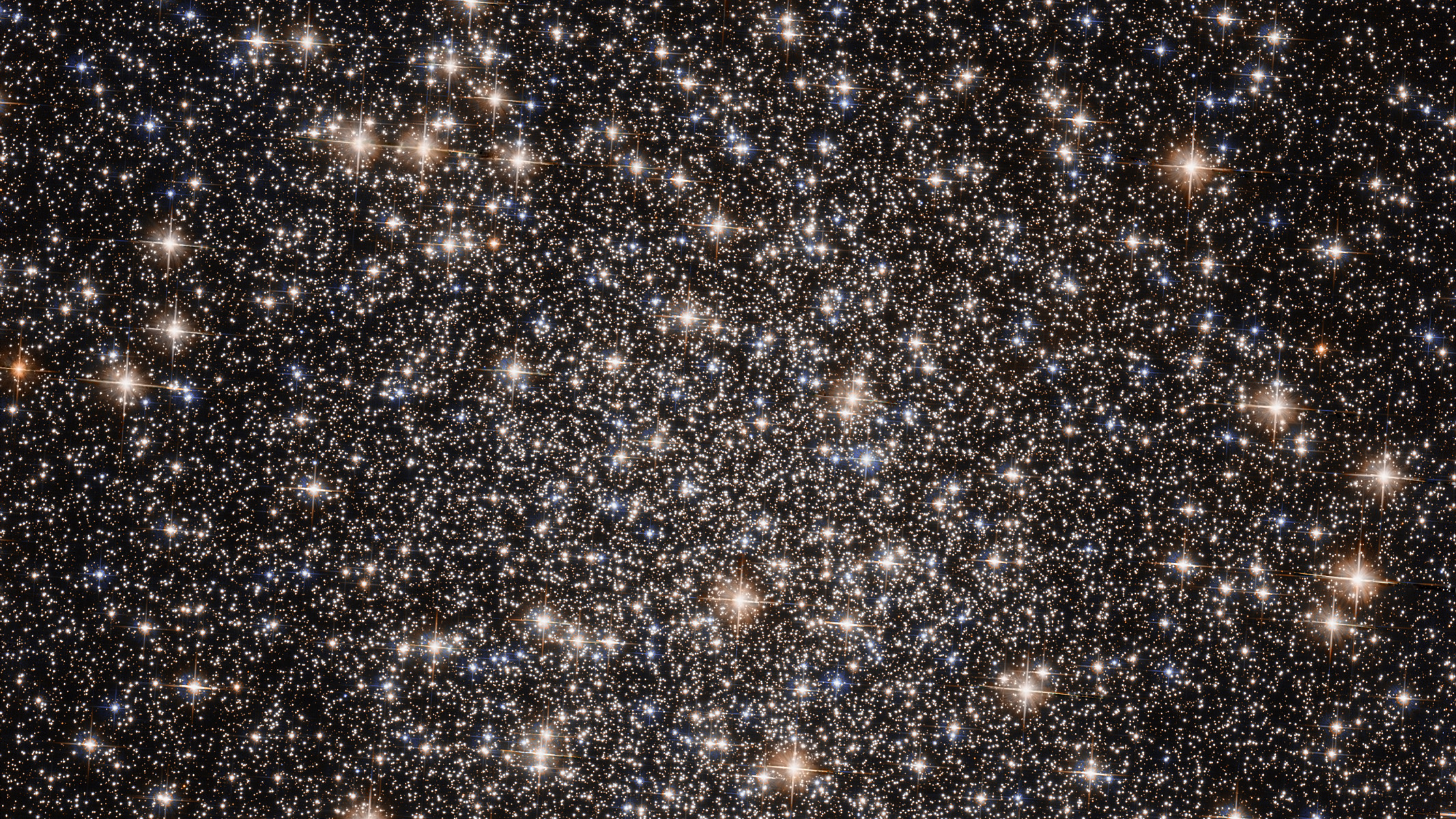
Once you've found the Teapot, it's time to explore around it. There are many sights to see in its vicinity — including the Lagoon, Trifid and Omega nebulas — but a great target for binocular users is the Sagittarius Cluster, also called M22. A globular cluster like M13, this one is about 10,400 light-years distant and also looks like a fuzzy patch in binoculars. Find it above the Teapot's handle.

Jamie Carter is a freelance journalist and regular Live Science contributor based in Cardiff, U.K. He is the author of A Stargazing Program For Beginners and lectures on astronomy and the natural world. Jamie regularly writes for Space.com, TechRadar.com, Forbes Science, BBC Wildlife magazine and Scientific American, and many others. He edits WhenIsTheNextEclipse.com.
You must confirm your public display name before commenting
Please logout and then login again, you will then be prompted to enter your display name.
